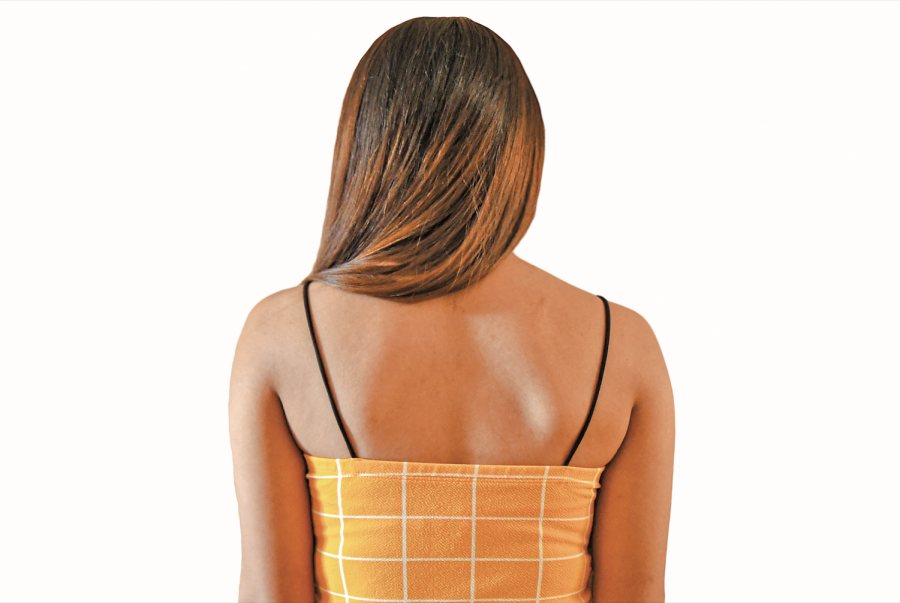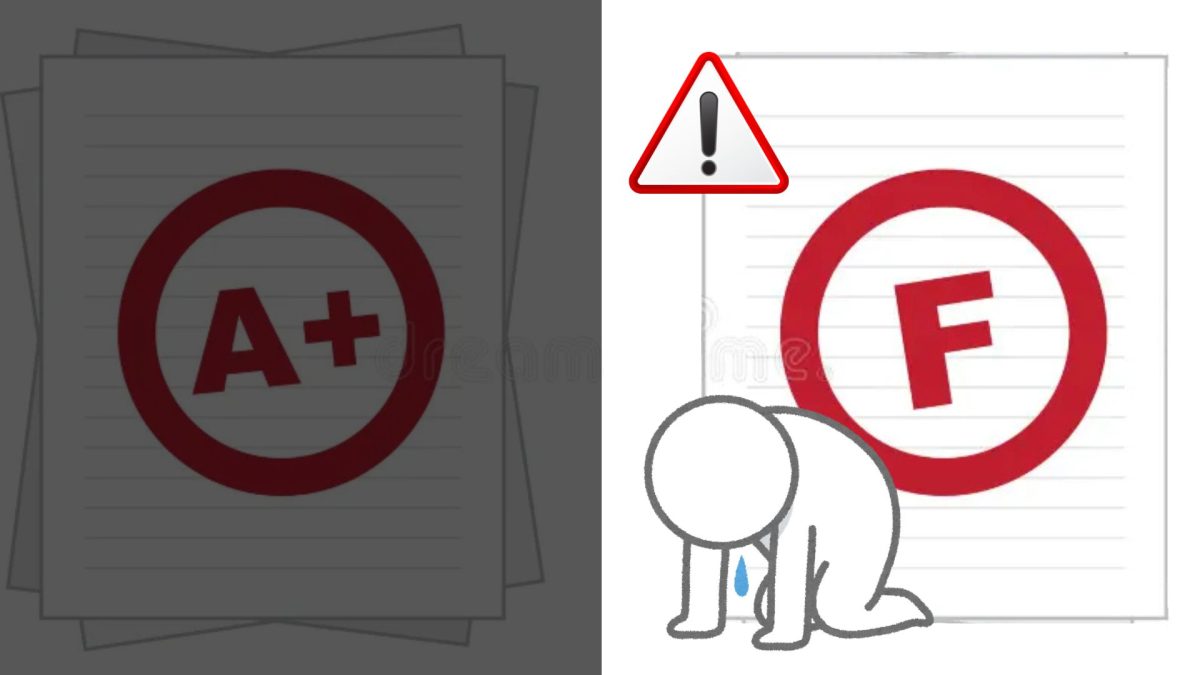Cover Up!
Dress code policy results in angry students.
Students have expressed their discontent with the dress codes at school.
Oct 11, 2019
“Can I fix your hair?” the photographer asked me as she was already positioning my hair to droop and cover my shoulders completely.
I didn’t care that she was touching my hair, but I did care about the reason why.
“They’re going to make you retake the photo,” she said.
Retake my photo for what? Were my shoulders such a big distraction that their appearance on my school ID would be disgraceful?
I knew better than to go against the photographer because I knew she was just doing her job. But my anger and that of many other students have a place to be directed at: the dress code.
A female student who prefers to remain unnamed described her experience with the dress code policy.
“It was on picture day and I wanted look good for it. I was wearing this pink shirt showing my shoulders and little bit of my chest. Then the lady made me cover up because I was showing “too much.” I feel I was wrongfully dress-coded because I wasn’t showing a lot; just my shoulders.”
Safety assemblies were held in early September where students were told about the dress code in no uncertain terms.
But the code seems to hit female students especially hard. Spaghetti straps and midriffs can be distracting in classrooms to male peers and teachers.
This is the message that gets sent to female students: cover up because the boys in our class and even our male teachers cannot focus on their task at hand if shoulders or skin are on display. The student buzz is too strong to ignore.
“The comments at the assembly were absolutely wrong,” said the anonymous student. “Making adult men the reason for our dress code is absolutely disgusting.”
“If they get distracted, then maybe we need new teachers. Girls should not be held responsible for the actions of males. They are the ones getting distracted, so the girls are forced to take action? How is that fair?”
But male students too have been the victims of an outdated policy.
Junior Terrence Lazo also expressed his disagreement with the school policy after being forced to change out of ripped jeans into PE shorts.
“It was a waste of time for both sides. I doubt whether the staff even agrees with such a stupid policy,” he said. “When I asked why, they just told me it was the rules, and rules are rules.”
There seems to be no logical reason for banning ripped jeans or exposed shoulders. Students are given no explanation other than they are showing “too much” and should consider teachers and peers when choosing what to wear.
But most students probably don’t wake up every day and think about what outfit will draw the most attention to themselves. In fact, most students hardly even wake up with the energy to come to school at all. The policy ends up oversexualizing students by presenting the idea that their choices of clothing are made based on whether or not they want sexual attention.
Students understand that safety is the first and foremost reason for the policies, but the uneven enforcement sends an entirely different message.
“I believe the policy exists so that students don’t worry so much about their appearance and more on their academics. It may seem like they’re doing it so that boys won’t look at girls a certain way, which is not a good reasoning for the dress code,” said the anonymous female.
“I feel like us girls should be able to feel confident in ourselves and with this dress code; For some girls, they feel singled out and objectified because they’re told their clothing is too provocative and distracting to the boys.”
She thinks that teaching young ladies to dress properly while still expressing themselves is important, but the dress code can send the wrong message. “Shaming girls who are in violation of ridiculous rules targeting their gender will only lead to low self-esteem in girls, especially when the reason for doing so is to tell girls that their bodies are responsible for misbehavior in males.”
Lazo also understanding of the importance of the policy but agrees that the school should approach enforcement differently. “The comments regarding the male students being uncomfortable by ‘revealing clothing’ is sexist,” he said. “It’s unfair to ban something for reasons out of women’s control.”
According to Lazo, enforcement should be relaxed to prior standards. “Let the students figure it out on own.”
Whether or not students show their knees and shoulders should be up to students.








